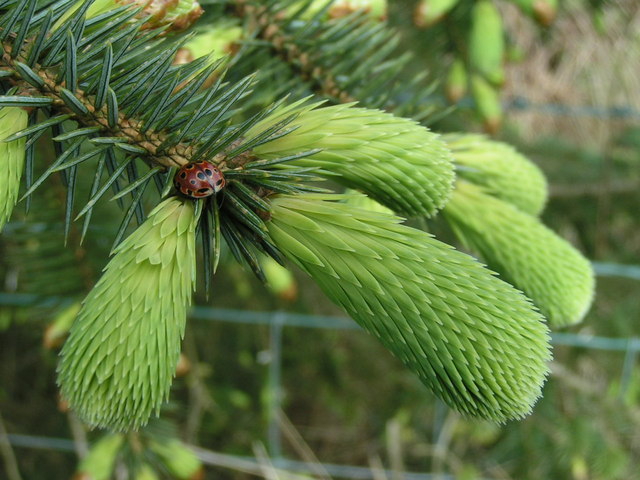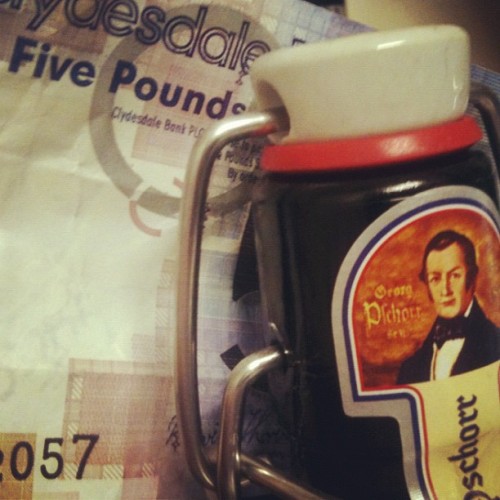Today I made my first steps to actually producing something! Well, not really, but I did get some good news for future alcohol production. I received an email from James Robertson of the Tullibardine Distillery, and they have very kindly offered me ten kilos of malted barley that should have been destined for Scotch Whisky production, to make into beer. As beer is (and I apologise for the crudity of this statement) a combination of malt, water, yeast and hops, the only other thing I needed were hops... and there aren't any around here to forage. So it got me thinking, what can I use instead?
The Williams Bros brewery has been making Heather Ale, commercially, for years now, and so using this very Scottish plant instead of hops was always an option. However, I thought I'd delve a little deeper into other possibilities and started scouring the default source of all information, the internet. I found that plants like Milk Thistle and Wormwood were used before hops became popular, but they are not exactly easy to come by nowadays and besides, I wouldn't know a Milk Thistle if it was right in front of me.
More easy to source plants include Dandelions and Nettles, but as I am exceptionally sensitive to nettle stings I don't fancy wading into patches of the things without the levels of protection that people wear in a nuclear plant. Another option is rosemary, and I could grow this quite merrily in pots outside my house, but the beer that interests me most is made with Spruce.
 I found a website called Gourmet Underground Detroit, that has a spruce beer recipe, but most importantly, it makes it clear that no hops are needed. The resulting beer is apparently quite citrussy and tart, so I am hoping it will be a lighter, refreshing type of beer. I have found out that spruce beer can also have a darker, Cola like flavour and am assuming that this is due to later harvesting when the tips of the spruce are more resinous and woody.
I found a website called Gourmet Underground Detroit, that has a spruce beer recipe, but most importantly, it makes it clear that no hops are needed. The resulting beer is apparently quite citrussy and tart, so I am hoping it will be a lighter, refreshing type of beer. I have found out that spruce beer can also have a darker, Cola like flavour and am assuming that this is due to later harvesting when the tips of the spruce are more resinous and woody.



